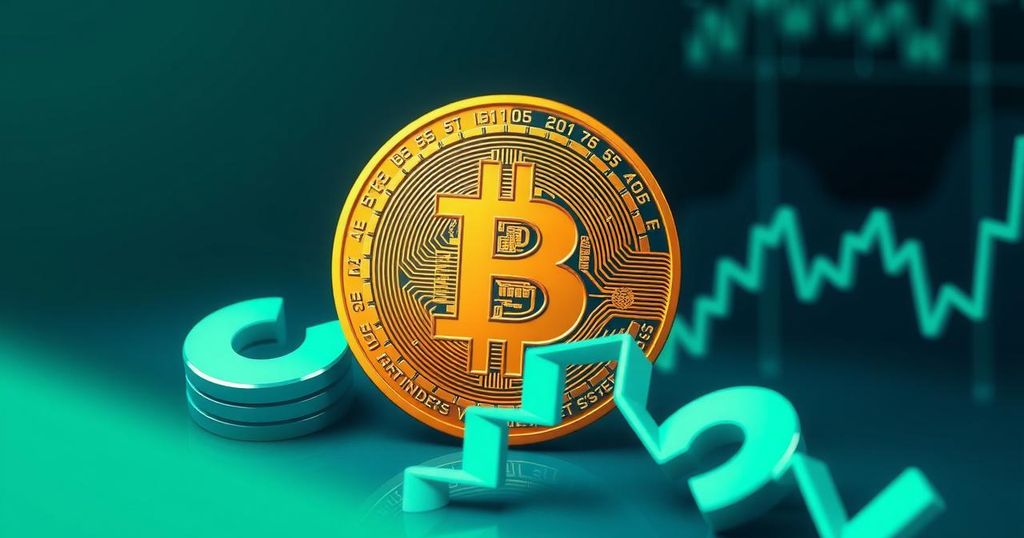Arthur Hayes: Bitcoin May Soon Surpass $100K Amid US Treasury Buybacks
Arthur Hayes warns that the opportunity to buy Bitcoin below $100,000 may soon be lost, citing potential US Treasury buybacks as a catalyst for price increases. Analysts predict Bitcoin could rise significantly due to expanding fiat money supply, despite concerns over trade wars. Meanwhile, Bitcoin’s recent performance is buoyed by a weakening US dollar, highlighting its safe-haven appeal and strong institutional investments.
Recent commentary from Arthur Hayes, co-founder of BitMEX, suggests that investors may be approaching the final opportunity to purchase Bitcoin (BTC) at a price below $100,000 due to anticipated US Treasury buybacks. Hayes remarked on April 21 that these buybacks could act as a catalyst for Bitcoin’s price trajectory, providing a significant boost in liquidity to the market.
US Treasury buybacks involve repurchasing outstanding bonds from the open market, which can increase liquidity and stabilise interest rates. This process generally shows positive effects on risk assets, including Bitcoin. Analysts foresee that inflating the fiat currency supply will further propel Bitcoin’s price, with estimates predicting it could exceed $132,000 before year-end.
Despite promising forecasts, obstacles such as the ongoing US-China trade tensions might dampen investor enthusiasm until a resolution is reached. Concurrently, Bitcoin’s price increased to $87,700 recently, coinciding with a weakened US dollar, marking its highest level in almost three weeks following tariff announcements from US President Trump.
The declining US dollar enhances Bitcoin’s perception as a safe-haven asset, as noted by industry experts. Increased trading volumes alongside a technical breakout from a descending wedge formation indicate that Bitcoin could soon test the $90,000 resistance level. In addition, significant investments from firms in Japan and the UK demonstrate growing institutional interest in Bitcoin, potentially accelerating its four-year market cycle.
It’s essential for investors to approach trading and investment with caution, conducting thorough research before making financial decisions. This article does not offer investment advice, underscoring the inherent risks in trading practices.




Post Comment